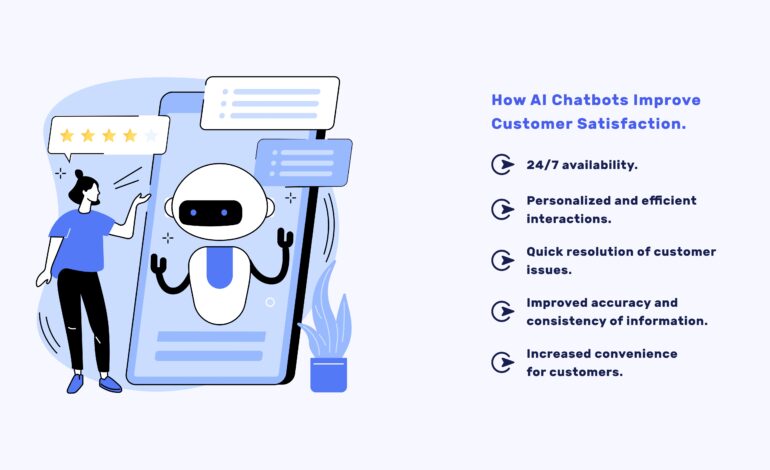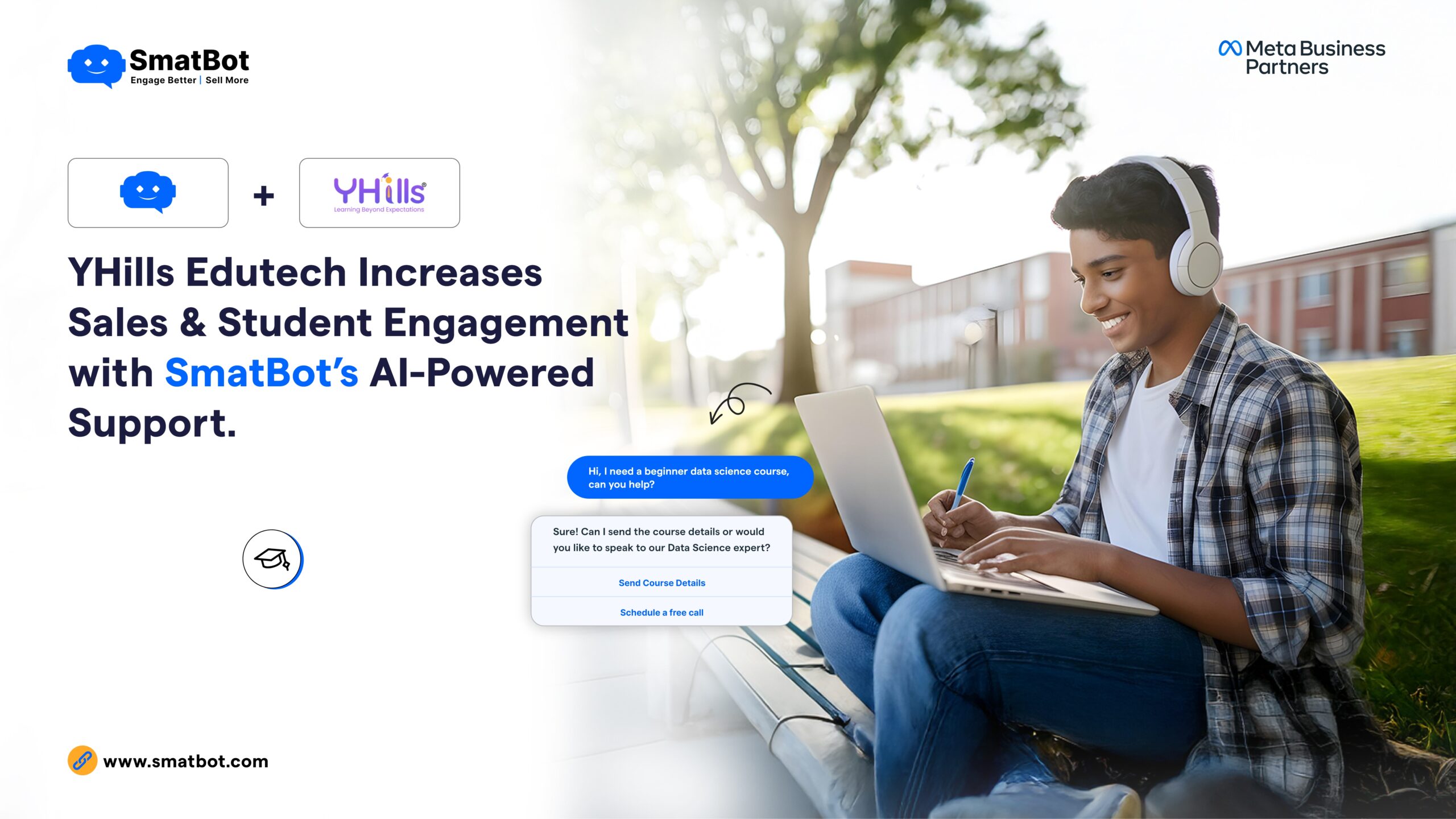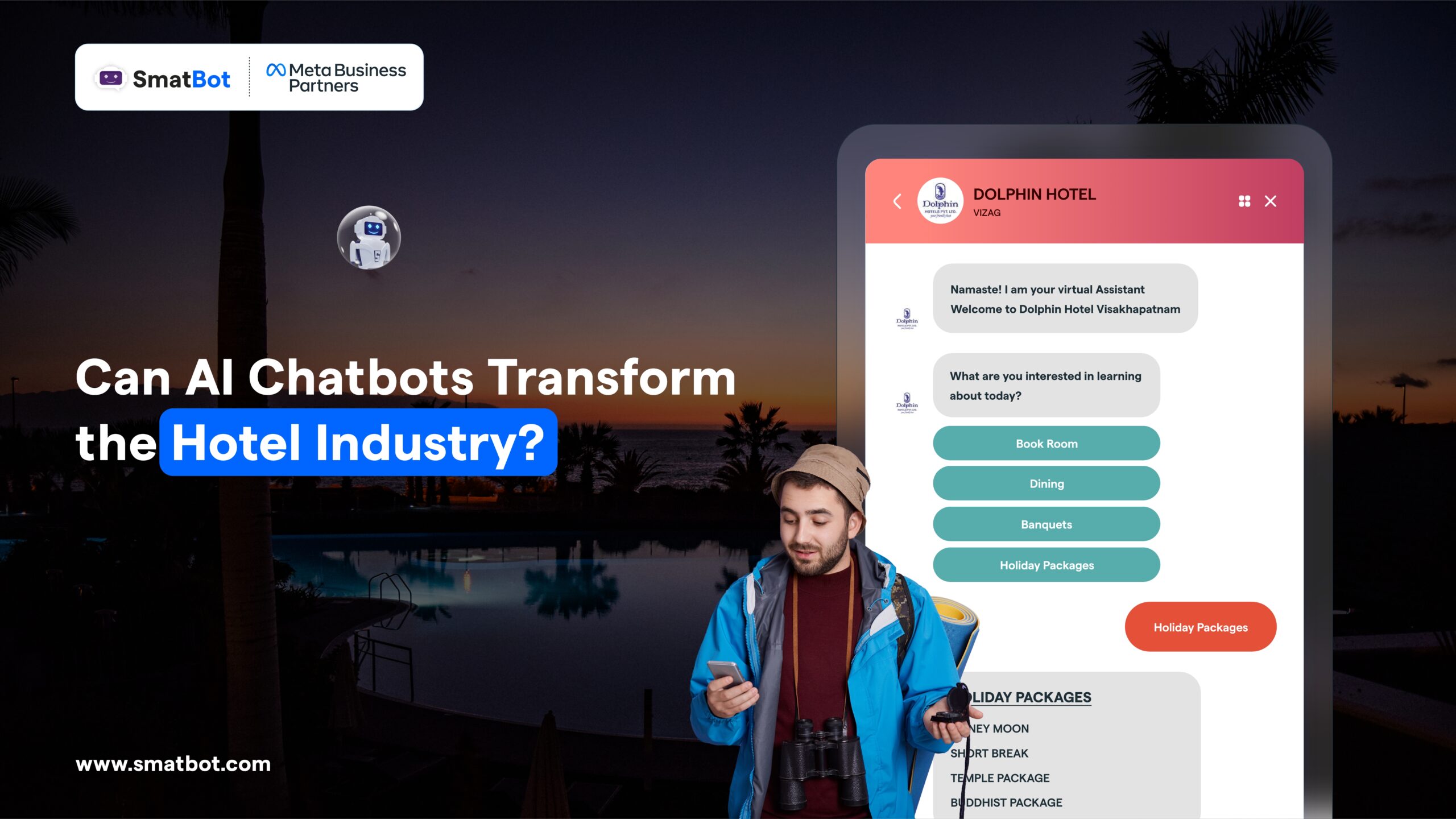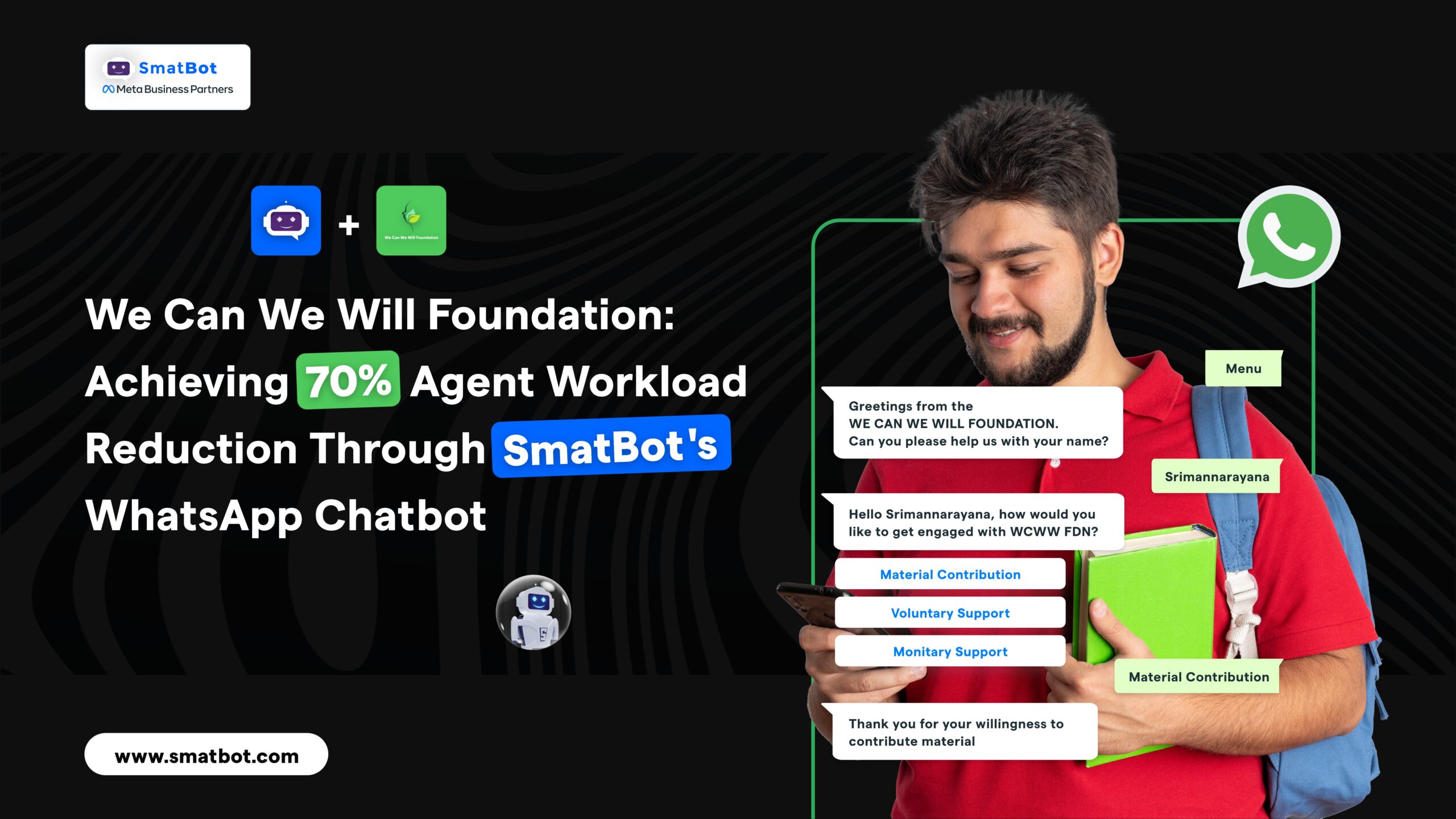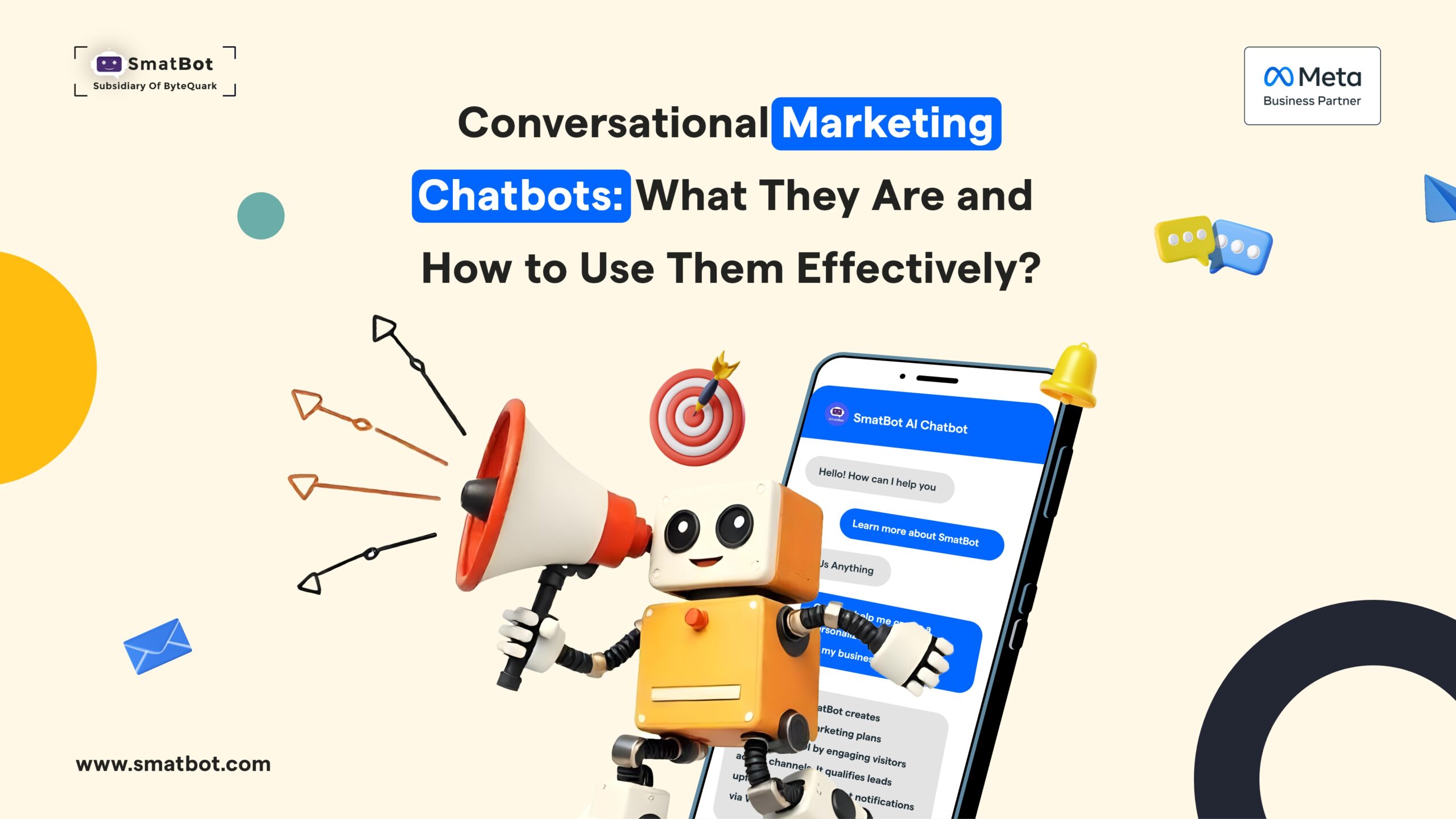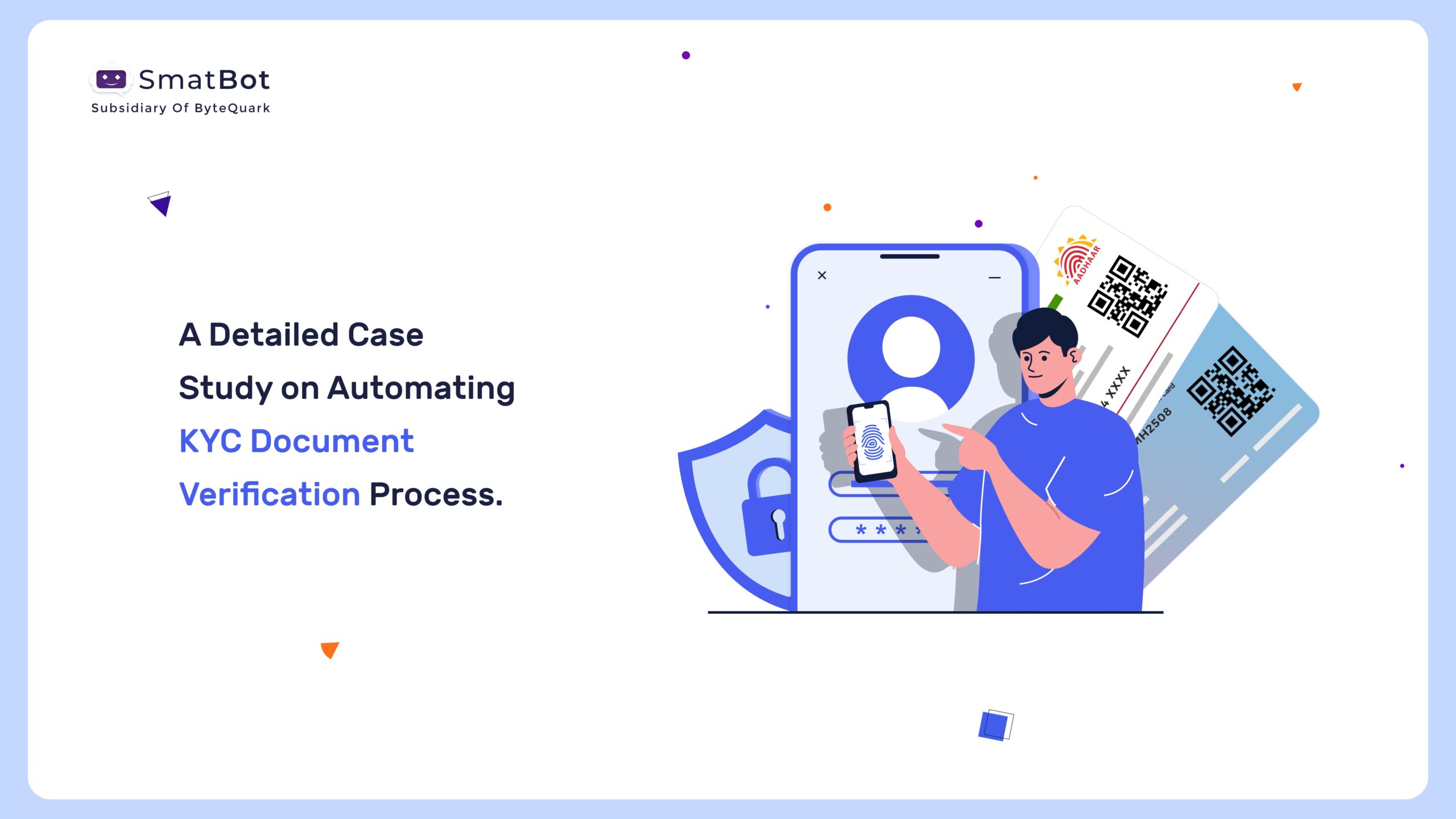Automation of HR processes using a chatbot – Client case study
Staffing agencies play a crucial role in their client’s hiring process. They serve as a bridge between employers and job hunters, matching eligible applicants with positions available in their clients’ companies. But connecting ideal applicants with job-relevant opportunities can be difficult and time-consuming, especially if there are many prospects and job openings to look at.
One of our clients, a well-established staffing agency, is no exception. They face a challenge in efficiently and effectively matching qualified candidates with their clients’ job openings.
In this case study, we demonstrate how our AI chatbot “SmatBot” helped one of our clients (a staffing agency) automate their HR processes effortlessly and efficiently.
Note : For privacy reasons, we cannot reveal the name of our client.
Problem Statement:
Our client receives a high volume of emails on a daily basis from their client companies, each requesting to fill their temporary or permanent positions with the right candidate.
In order to meet these requests, our client needs to carefully read each email on a daily basis and identify which emails are related to job opportunities. They then have to manually review each candidate’s profile to determine if they possess the necessary skills and experience for that job opening.
Then, they have to determine which applicants are available and which ones have already been hired for other roles, which might make this process even more difficult. After this, they need to send personalised emails to clients that include a predefined template and the resumes of applicants that meet their job requirements.
All of these above-mentioned tasks require a lot of manual work, which can be resource- and time-consuming.
Hence, to address this issue, the client contacted SmatBot to help automate their entire hiring process.
Proposed Solution

To optimize and automate the above process, we proposed an AI-based solution, which has significantly reduced the resources and time needed to perform the task.
1. Reading Or Monitoring Recruiter’s Emails
We need to constantly monitor recruiters’ emails. The clients were using Gmail as a mailing service. Gmail provides an API that notifies the backend server application whenever there is a change in the mailbox. Gmail uses Cloud Pub/Sub to deliver push notifications.
We created and set up a webhook to receive Gmail push notifications. It is a way of receiving real-time notifications from a server. In this case, when a recruiter receives an email related to a job opening, the webhook triggers a notification to the backend server application.
The system eliminates the need for manual effort and saves time and money by constantly monitoring recruiters’ emails in real-time.
2. Identify The Job Opening Emails
As we know, recruiters at staffing agencies receive a large number of emails every day from different sources with various purposes. One of the tasks is to identify job opening emails among them.
To tackle this challenge, we collected a sample of their previous emails and processed them. Afterwards, we extracted the subject and body of all the emails and separated them. Then, we trained two separate AI classifiers, one for the subject and one for the body, to classify between job-related and non-job-related emails. By using two classifiers, we aim to increase the accuracy of identifying job opening emails, resulting in a more efficient and effective matching process.
3. Matching The Profiles With Job Requirements
Now, after resolving the two major challenges, we have moved towards the next goal: matching the profiles of candidates with job requirements. To achieve this, there are three major tasks that need to be accomplished: extracting relevant information from job descriptions; parsing CVs and resumes to extract similar information; and then matching CVs to the JDs.
So, let’s start with the first task:
1. Extracting Relevant Information From JDs
To match the job requirements, it is necessary to extract all relevant details and requirements from the job description. This includes information such as the required degree, skills, work experience, tools and technologies, languages, etc.
To do this, we trained an entity recognition algorithm on previous job emails to extract these job requirements.
2. Parsing CVs/Resumes
To match the extracted requirements with the candidate profiles, similar information needs to be extracted from the CV or resume of a candidate.
To do this, we trained an entity recognition algorithm on resumes collected from various sources.
3. Matching CVs to the JDs
After obtaining the entities from both the email and CV, the next step is to find the best matching CVs for the job requirements. This is accomplished by running a similarity algorithm against all the resumes in our database, which helps identify the most suitable candidates for the job.
4. Drafting Mails
Finally, after matching the candidate’s profile with the job requirements, the next step is to draft an email that could be sent to the client with the top-matched resumes. To make the process more efficient, predefined templates were created to reduce manual effort and ensure consistency in the emails.
Finally, we created a draft email with predefined templates and attached the top-matched resumes. This makes it easier for the recruiter to review and verify that everything is correct before sending the email to the client. Overall, this saves time and effort while ensuring accuracy and consistency in the emails sent to clients.
Conclusion
The recruiting process of a staffing agency is full of repetitive, manual, and time-consuming tasks that can easily be automated using an AI chatbot like SmatBot.
For staffing agencies, integrating AI-powered chatbots may greatly expedite the hiring process, saving time, cutting expenses, and enhancing the quality of the applicants recruited.
Just imagine how much easier and faster it would be if you, as a staffing agency, could automate your entire hiring process, from finding ideal candidates for your client company to assessing them to offering suitable jobs.
Staffing agencies can stay competitive in today’s constantly evolving job market and provide effective results to their clients by implementing the right AI-powered technologies like SmatBot.

